What to Plant in September

The fall season is almost here, so what should you plant in September in your garden?
To determine exactly what you can plant in September, count backwards from the last predicted frost date for your area. That will let you know how many days you will have for growing a fall vegetable crop. You can find this info in the Farmer’s Almanac online.
Seed packs will have maturity dates for the vegetables printed on them. Select crops that have a short maturity date, like 45-60 days, for best results. Most of the plants you grow in an early spring garden can be planted in September too. So be sure to think back on what grew well in those cooler days of March and early April.
Loose leaf lettuce, arugula, bok choy, spinach, kale, Swiss chard, collards, and mustard can be planted in September and harvested before the first frost in fall. Some of these greens varieties are hardier and can withstand a frost or two (and the flavor may actually improve). Many of these greens can be eaten raw in salads or cooked and used as a side dish.
Radishes, carrots, turnips, beets and green onions reach maturity quickly and grow best in cooler weather. All of these make great additions to a green salad, plus the carrots, turnips and beets can be preserved through freezing or canning.
Roots crop also help to improve garden soil by preventing compaction. Breaking up your soil now with root vegetables can give you a leg up for your spring garden as well.
If you have access to transplants of broccoli, Brussels sprouts, and cauliflower, September is an ideal time to plant them. The transplants will grow rapidly in the cooler fall weather, so you can enjoy fresh cruciferous vegetables for Thanksgiving dinner if you live in a climate with a mild winter. Be sure to watch out for cabbage moths, since the cooler temps usually do not deter them. Find some creative and organic ways for dealing with cabbage moths here.
September is a good month to plant a winter cover crop that will improve garden soil. Collards, turnips, legumes, rye grass, or clover planted in late summer and left to over-winter in the garden will prevent soil erosion and compaction during the winter.
In early spring, plow the green plants into the soil if you’re using a row garden, or cut and turn them into the soil if using raised beds. They will quickly decompose and increase soil fertility. This is an eco-friendly, organic form of plant fertilizer that is effective and inexpensive.
So no matter how busy you are this fall, there's something to plant for your fall garden.
Enjoyed the project?




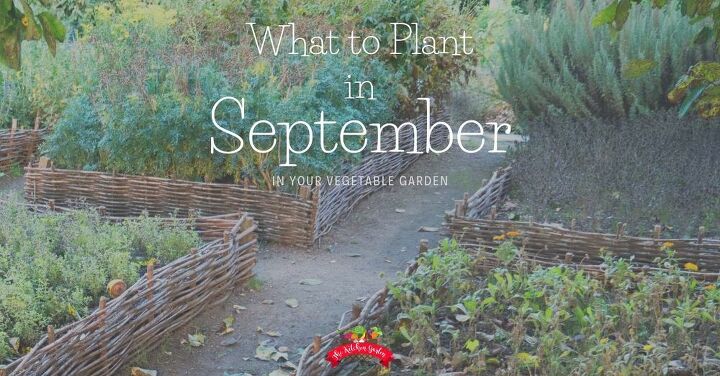






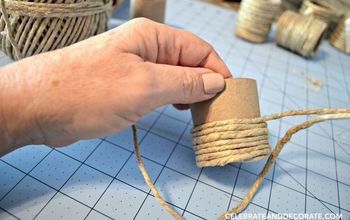





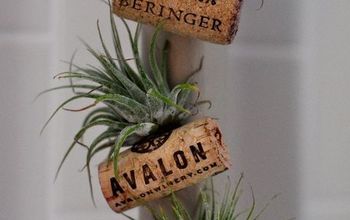

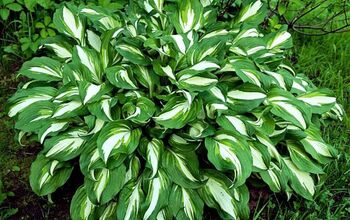
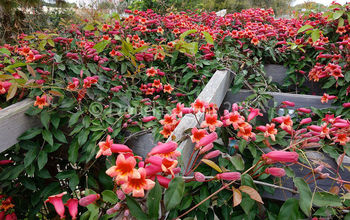
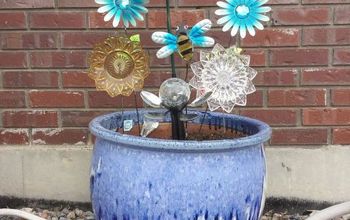



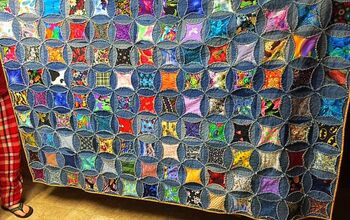





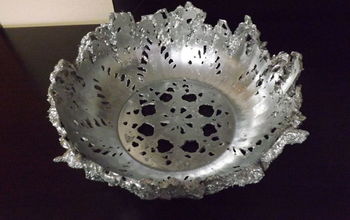


Frequently asked questions
Have a question about this project?